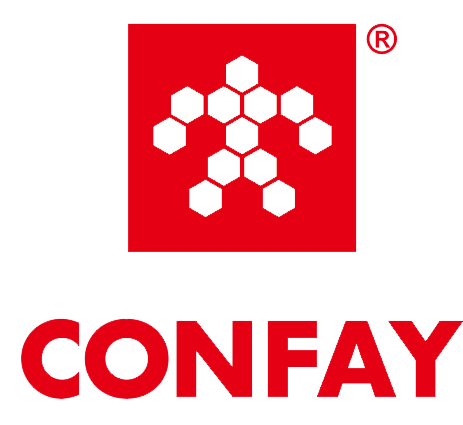Choose the Right Woodworking Edge-Banding PUR Adhesives
When it comes to woodworking, achieving a clean and durable finish is essential. One of the most effective ways to enhance the appearance and longevity of your projects is through edge banding. To ensure a strong bond that withstands wear and tear, choosing the right polyurethane reactive (PUR) adhesive is critical. In this article, we will explore PUR adhesives, their advantages, and how to select the best one for your woodworking needs.
What is PUR Adhesive?
PUR adhesive is a type of adhesive that cures through a chemical reaction with moisture in the air. This unique property makes it particularly effective for edge banding applications. PUR adhesives provide a robust bond, making them ideal for various woodworking projects, from cabinetry to furniture.

Benefits of PUR Adhesives
1. Exceptional Bond Strength
PUR adhesives are known for their superior bond strength. They create a strong, durable connection between the edge banding and the substrate, ensuring that your edges stay intact even under heavy use.
2. Water and Heat Resistance
One of the standout features of PUR adhesives is their resistance to moisture and heat. This makes them an excellent choice for areas exposed to humidity, such as kitchens and bathrooms. PUR adhesives maintain their integrity even in challenging environments.
3. Versatility Across Materials
PUR adhesives can bond a variety of materials, including wood, MDF, and laminate. This versatility allows woodworkers to use the same adhesive for different projects, simplifying the selection process.
4. Quick Curing Time
While PUR adhesives may have a slower initial tack compared to hot melt adhesives, they cure rapidly in the presence of moisture. This quick curing time can lead to faster project turnaround.
How to Choose the Right PUR Adhesive
Selecting the right PUR adhesive involves considering several key factors:
1. Application Method
Determine how you will apply the adhesive. Some PUR adhesives are specifically designed for use with edge banding machines, while others can be applied manually. Ensure compatibility with your preferred method.
2. Bonding Material
Different adhesives may be formulated for specific materials. Check the manufacturer's recommendations to ensure that the adhesive is suitable for the edge banding and substrate you plan to use.
3. Cure Time
Consider the curing time that best suits your workflow. If quick setup is necessary, look for PUR adhesives that offer shorter initial tack times.
4. Environmental Conditions
Evaluate the conditions in which your finished product will be used. If it will be subjected to high humidity or temperature changes, choose a PUR adhesive designed for such conditions.
5. Shelf Life
PUR adhesives have a limited shelf life once opened, as they can begin to cure when exposed to moisture. Select adhesives with longer shelf lives and plan your projects accordingly.
Application Tips for PUR Adhesives
Prepare the Surface: Ensure that the surfaces to be bonded are clean, dry, and free from dust or grease to achieve the best adhesion.
Follow Instructions: Always follow the manufacturer's guidelines for application and curing times to ensure optimal performance.
Use Proper Equipment: For edge banding, ensure that your machine is calibrated correctly to apply the adhesive evenly.
Conduct a Test: Before applying the adhesive to your main project, test it on scrap material to evaluate its performance and curing time.
Conclusion
Choosing the right woodworking edge-banding PUR adhesive is crucial for achieving a professional finish and ensuring the durability of your projects. By considering factors such as application method, bonding materials, and environmental conditions, you can select an adhesive that meets your specific needs. With the right PUR adhesive, you will enhance the beauty and longevity of your woodworking creations.
For more tips and insights on woodworking, stay tuned for our latest articles!

